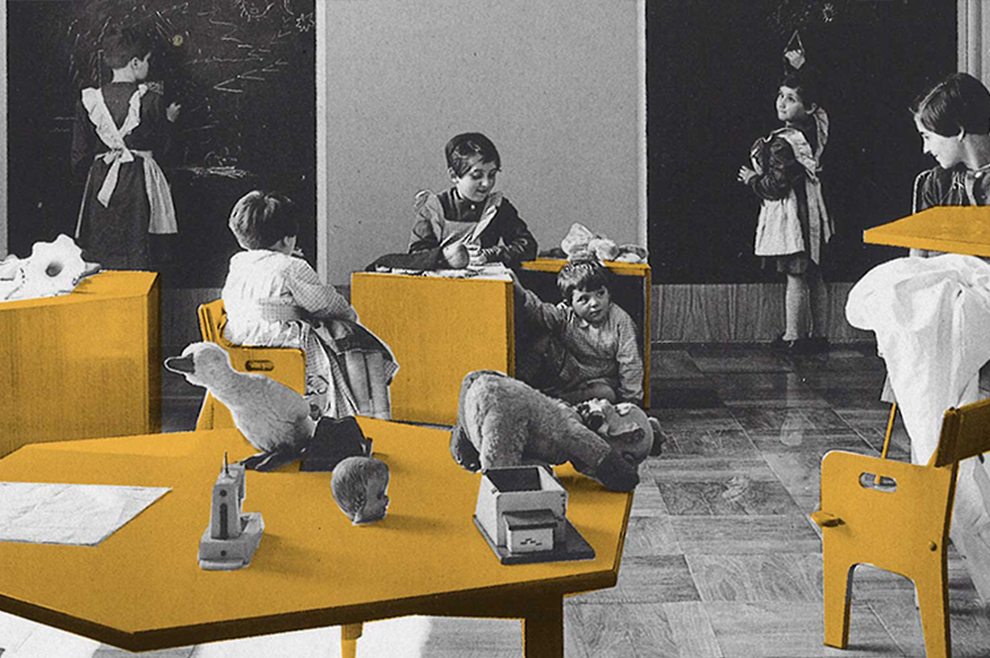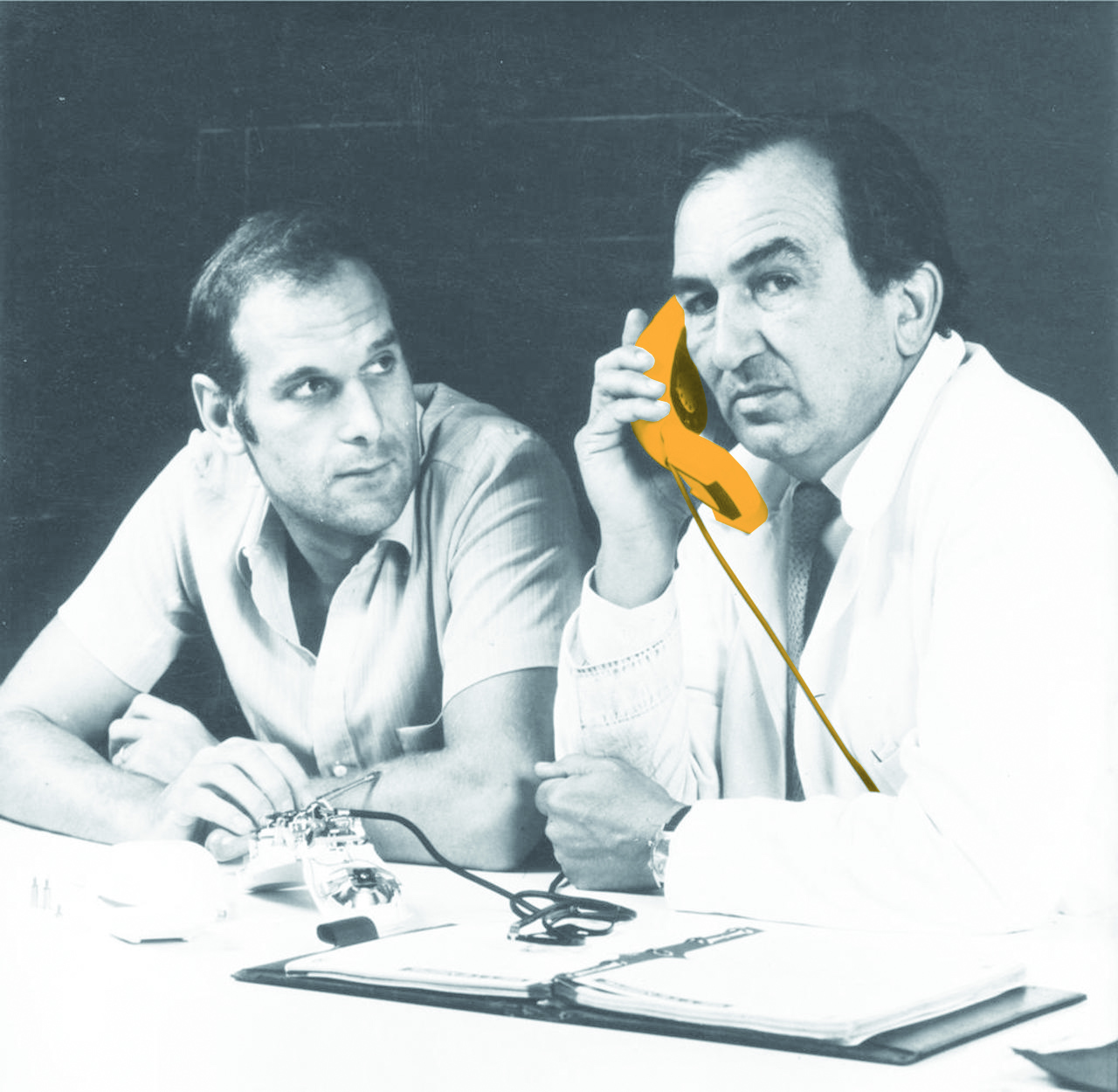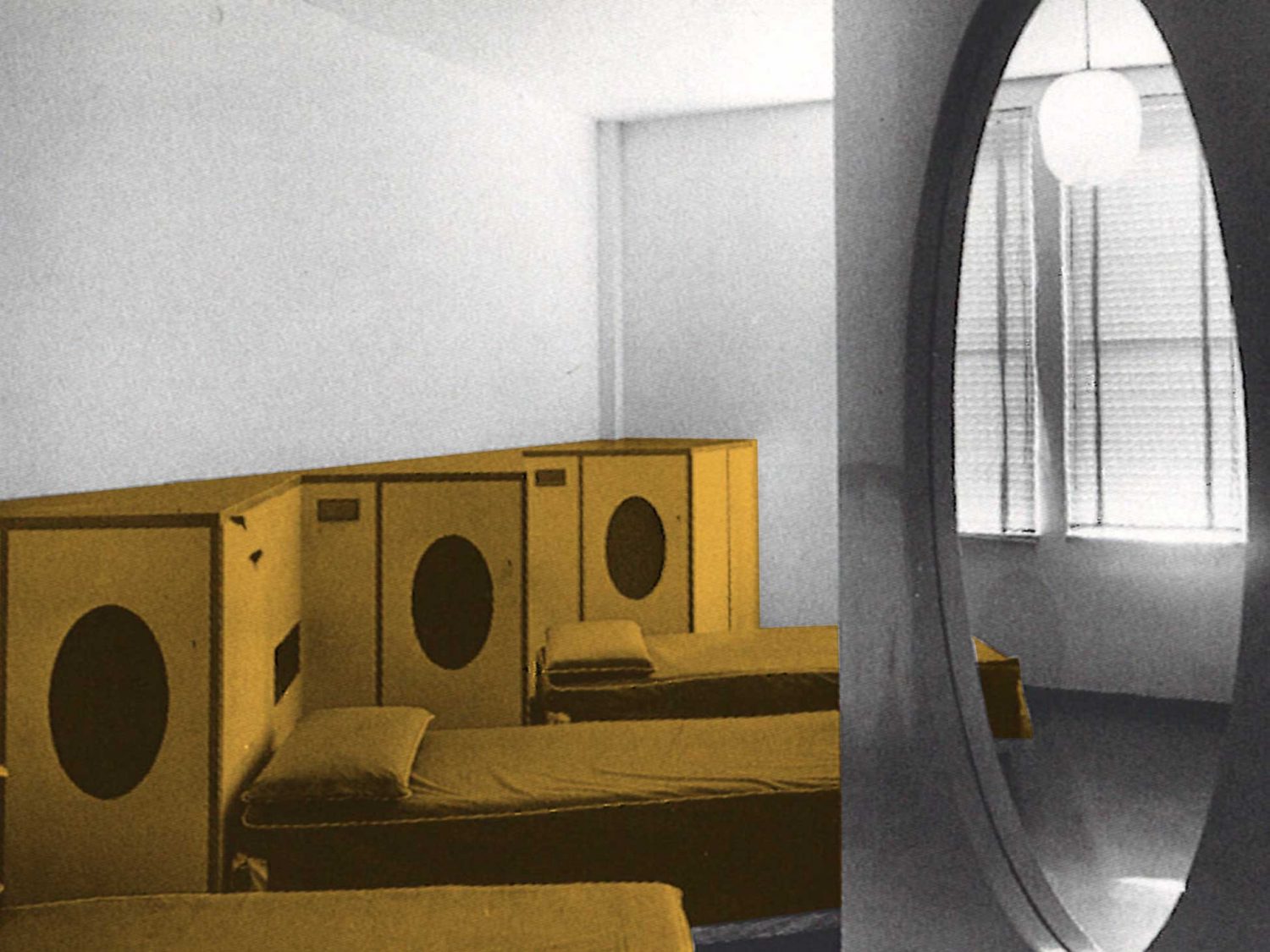INTERIOR
Marco Zanuso and the children’s furniture #Marco Zanuso

Marco Zanuso is one of the keystones in the history of the Italian design in the 20th century. His most renowned products are the electric devices that he designed along with Richard Sapper, such as the Doney television or the Grillo phone, while the most renowned part of his job as an architect is the industrial buildings for Olivetti and IBM around the world. His most renowned furniture piece may be the children’s chair K 1340, one of the first top-sellers of Kartell and the first chair that was entirely built of injection moulded plastic.
Zanuso started designing children’s furniture at the end of the fifties as part of a series of buildings where children were the main users. In the home for young mothers and children in (1953-1954), the common areas were defined by the architecture while the private areas were defined by the furniture pieces, such as the triangle-shaped wardrobes that arrange the herringbone layout of the bedrooms. The children’s furniture was designed to be easily carried and stacked, making temporary structures for playing with.The design for the girls’ boarding school Le Carline (Milan, 1956) consisted in the adaptation of a house from the twenties by means of an extension arranged around a six-sided courtyard. In the girls’ bedrooms, the beds and chests of drawers form a self-contained structure that defines the use of the room.
The children’s home in Gubbio (1958) was designed as a set of pavilions around a central courtyard. Along the internal perimeter of each pavilion, there was a child-sized plinth that contained sinks, shelves and countertops, stored other furniture and worked as windowsills.


